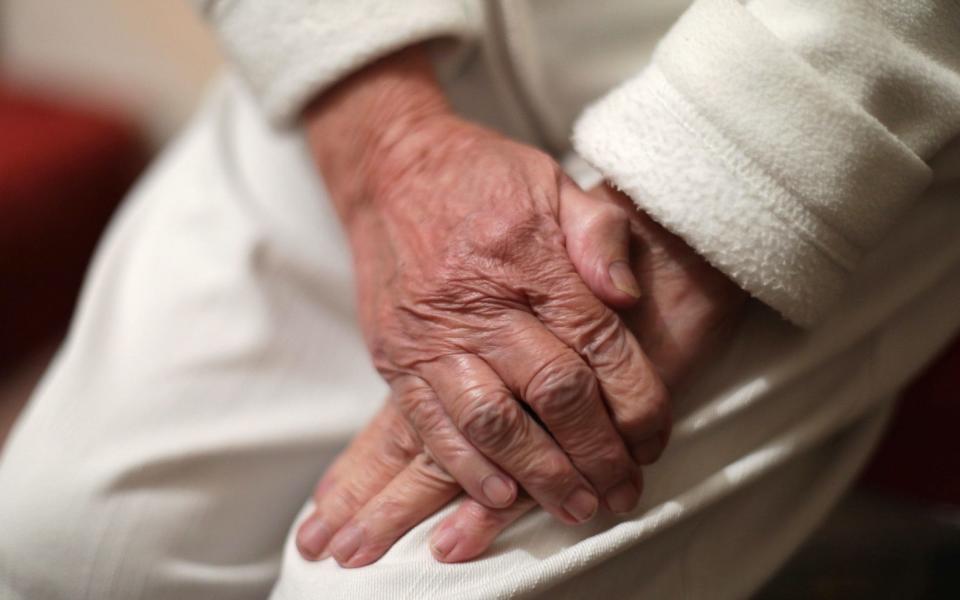Why fewer people are now living to 100

The number of people aged 100 or above has declined for the first time since the pandemic after a fall in life expectancy.
New figures from the Office for National Statistics (ONS) showed there were 14,850 centenarians in England and Wales last year, a drop of 0.5pc.
It marks the first fall since 2018 and comes after Covid triggered a reversal in life expectancy as people struggled to access health services and after long-term sickness rates soared. Life expectancy has fallen by 38 weeks for men and 23 weeks for women on average since 2019.
The decline means fewer people are living to 100. Many of those born during the baby boom after the First World War are also coming to the end of their lives.
The ONS said: “As this cohort ages and decreases in size, the effect on the size of the centenarian population continues to reduce.”
The number of Britons aged at least 100 has only fallen during four of the last 21 years.
Age UK chief executive Paul Farmer said: “We know that over the last couple of years or so overall life expectancy is starting to flatten out. That’s partly driven by Covid but also a whole range of other health and health inequality issues. In a sense, it’s not surprising that the numbers of centenarians are not increasing ”
He added: “We can’t necessarily assume that we’re all going to live to be hundred. The data is suggesting it’s less likely.”
The drop in centenarians comes amid warnings from charities that the Labour Government is putting vulnerable pensioners at risk by stripping away winter fuel payments for millions.
Mr Farmer said: “The impact assessment that the Government put out suggests that there is going to be increased risk to older people this year. That is one of the reasons why we’re still hoping that the Chancellor will change her mind around the Budget.”
Women are still far more likely to live into old age than men. Women outnumber men 4.5 to 1 among those aged 100 and older.
As well as a decline in the number of centenarians, the total number of people living to at least 90 is also growing at a slower rate.
The number of nonagenarians grew by just 0.2pc to 551,758 last year, ONS data showed, after a 2.1pc rise in 2022.
Despite last year’s slowdown and the fall in centenarians, the long-term trend is one of growing numbers of older people.
In 2002, there were only 350,700 people who had lived to at least 90 in England and Wales. There were 6,920 people aged 100 and above that same year – less than half the current total.